On October 4, 1957, a rocket created by Ukrainian engineer Serhiy Korolev launched the first artificial satellite into Earth orbit. Over the 75 years that have passed since then, many books and articles have been written about this device and its development. We have selected the 5 most interesting facts about it. The material is dedicated to the World Space Week.
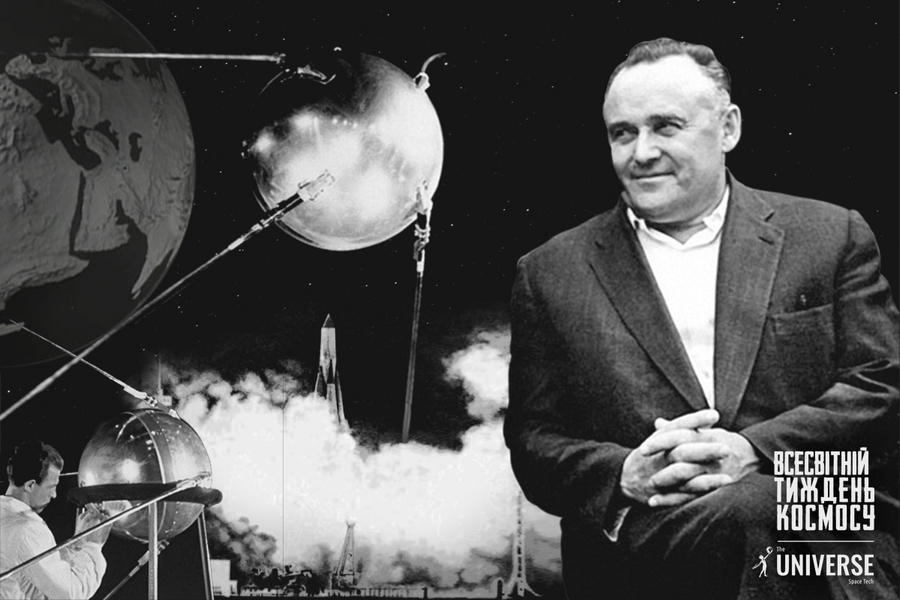
The Ukrainian rocket scientist Serhiy Korolev
Serhiy Korolev was born in Zhytomyr and became interested in the sky very early. At first, he studied at the Kyiv Polytechnic Institute, where he designed airplanes and gliders, and later moved to Moscow, where he began experimenting with rocket engines.
Korolev was not a political figure, but in the totalitarian Soviet Union you did not need to be one to be imprisoned for political reasons. Eventually, he was released out of the prison and forced to build ballistic missiles for the army.
In the 1950s, he managed to interest the Soviet leadership in the possibility of becoming the first nation to visit outer space, and they allowed the start of a civilian space program. One of its most important achievements was the first artificial object in orbit known to the world as Sputnik. Here are five facts about it.
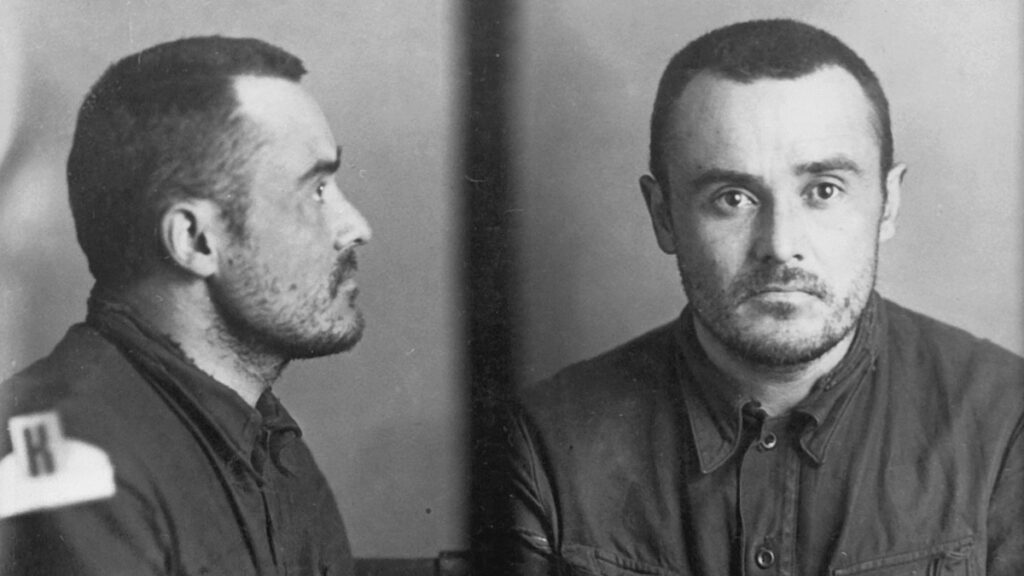
1. It was not named Sputnik
Now the story about the Ukrainian engineer who created something called Sputnik seems a commonplace, but the fact is that the device created at the end of 1957 was not called that way. It had the name PS-1, but it remained unknown to anyone for a long time due to secrecy.
The Soviet press consistently used the name Sputnik-1. In the USA and other English-speaking countries, it is mostly called simply Sputnik. In the 1990s and 2000s, the word Sputnik also dominated the post-Soviet countries.
But all these are just traditions, mostly derived from names given by the media people, who really knew nothing about the device itself. And nothing prevents us from changing those traditions and starting to call the first spacecraft created by humanity with the Ukrainian word Suputnyk, emphasizing that its main designer was a Ukrainian.
2. The only thing it was able to do was transmitting signals
The first man-made satellite of the Earth weighed 83.6 kg. Modern devices of his “weight class” are working as repeaters or researching the parameters of our planet for years. However, the first artificial object in orbit had its electronic systems made of bulky electron tubes. Therefore, its entire internal volume was stuffed with the transmitter, the power source and the control relay.
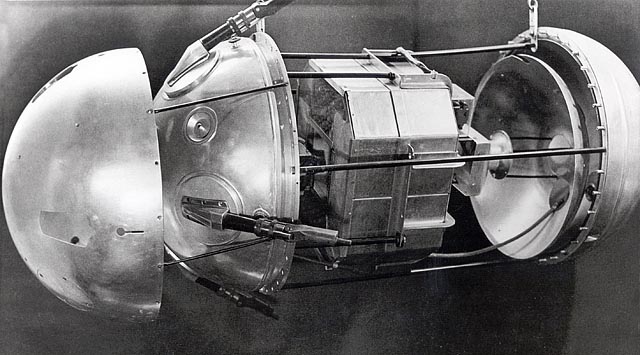
The famous “beep-beep” heard by radio amateurs around the world was the only thing the first satellite could do. It was a simple signal that didn’t even carry any information. But it turned out to be enough to provoke the United States to start the space race, which ended 12 years later with the landing of man on the Moon.
And Korolev himself could only listen to the signal from the satellite after the launch. It was impossible to transmit any command to it due to the absence of the simplest receiver on board. And even if it had been possible, the device could not have performed orbit correction or capture a section of the earth’s surface: it did not have not only a camera, but also engines.
3. The “horns” of the satellite were antennae
The most recognizable part of the satellite were the four “horns”, which in all images stick out behind the device, although in reality this position was not always maintained during the orbit movement. They were actually transmitter antennas. Each of them was two rods connected at an angle of 70°. There were two types of antennas: ultra-short-wave (VHF) with the rod length of 2.4 m and short-wave (HF) with the rod length of 2.9 m.
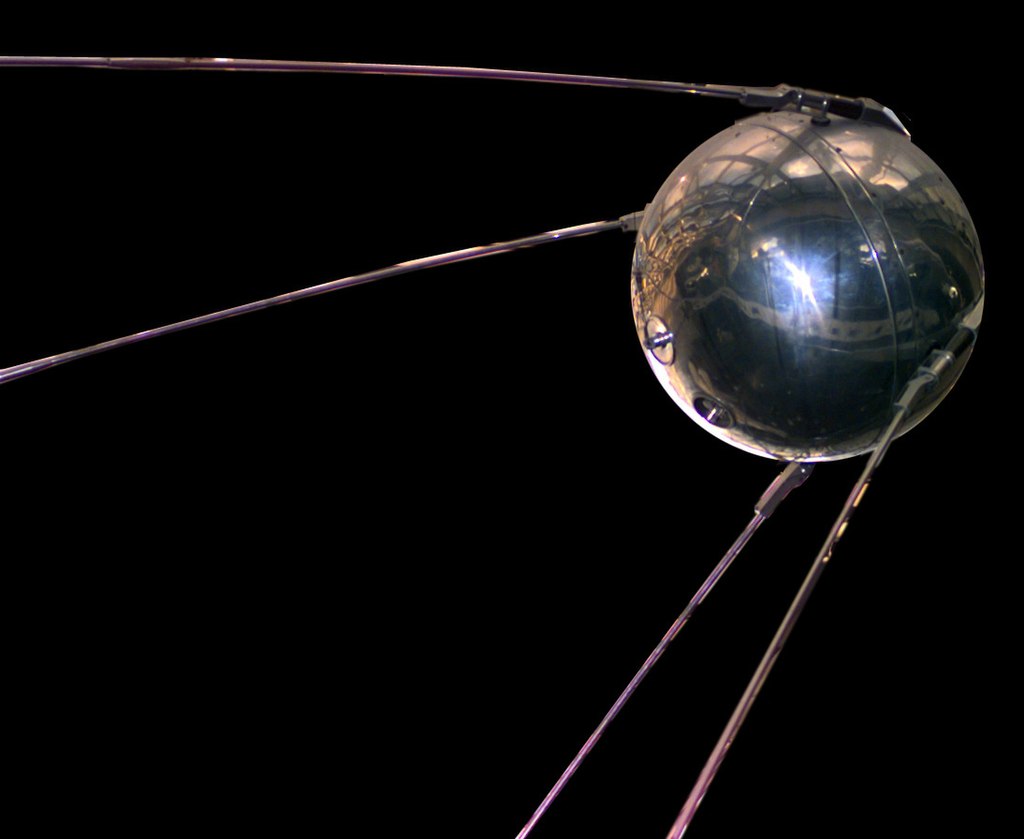
A pair of HF and VHF antennae was folded together so that they appeared as one unit and were fixed to the body. In this way, a pair of “horns” was created. The same thing happened with the second pair. This scheme was chosen by the engineers due to the already mentioned lack of any engines on the Suputnyk, so it was impossible to orient it in space so that the antennae were directed towards the receiver on Earth. So it was necessary to invent such a strange design so that the satellite would always emit radio signals evenly in all directions.
4. The launch vehicle of Suputnyk was taken as a sign from the God
There is one anecdote associated with the launch of the satellite. At the time when the Soviet Union launched it, a popular musician visited Australia with a concert tour. It was Richard Wayne Penniman, one of the founders of the rock-n-roll genre, known under the pseudonym Little Richard.
He was famous for his outrageous behavior. But in October 1957, during a performance at Sydney Stadium, Little saw an unusual bright meteor in the sky. It is believed that these were the debris of the rocket that launched the first artificial satellite into the Earth’s orbit. It is not known whether it was so or not, but it made an indelible impression on the musician.

Little Richard saw it as the God’s sign that he was living sinfully. He began to delve deeper and deeper into religious life and engaged in preaching instead of a musical career for the next five years.
After that, Little Richard periodically oscillated between music and priesthood. He died in 2020 at the age of 88. It seems, until his last days he was convinced that the rocket that put the Suputnyk into orbit was a sign for him to turn to the God.
5. A plain on Pluto is named after the Suputnyk.
When humanity received the first detailed images of Pluto’s surface in 2015, it showed a large heart-shaped spot called the Tombaugh regio. Part of it was called the Sputnik plain.
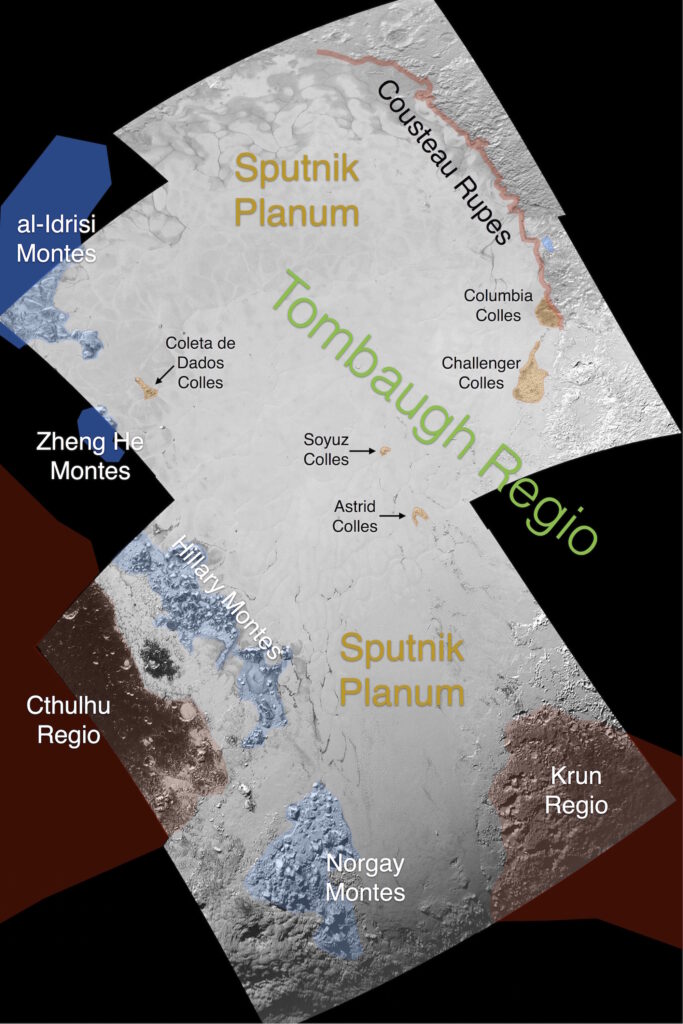
The Sputnik plain has a rounded shape and dimensions of approximately 800×1000 km. In terms of area, it is almost a third larger than Ukraine. In the northeast, it ends with a huge cliff called the Cousteau Rupes, and in the other directions it is surrounded by mountains.
The surface of this part of the relief is very smooth. There are almost no impact craters on it. This indicates that it is a relatively young giant impact crater, the bottom of which is covered with methane ice.

